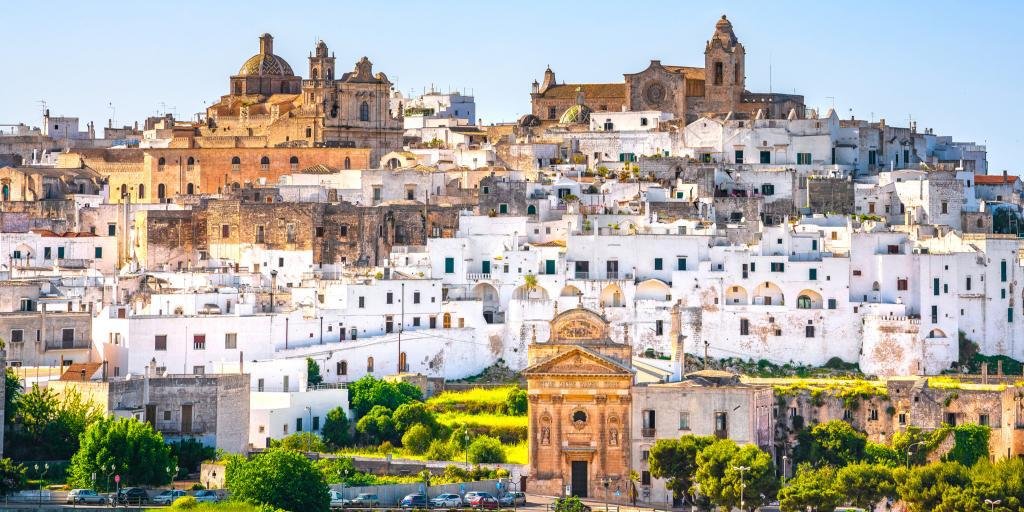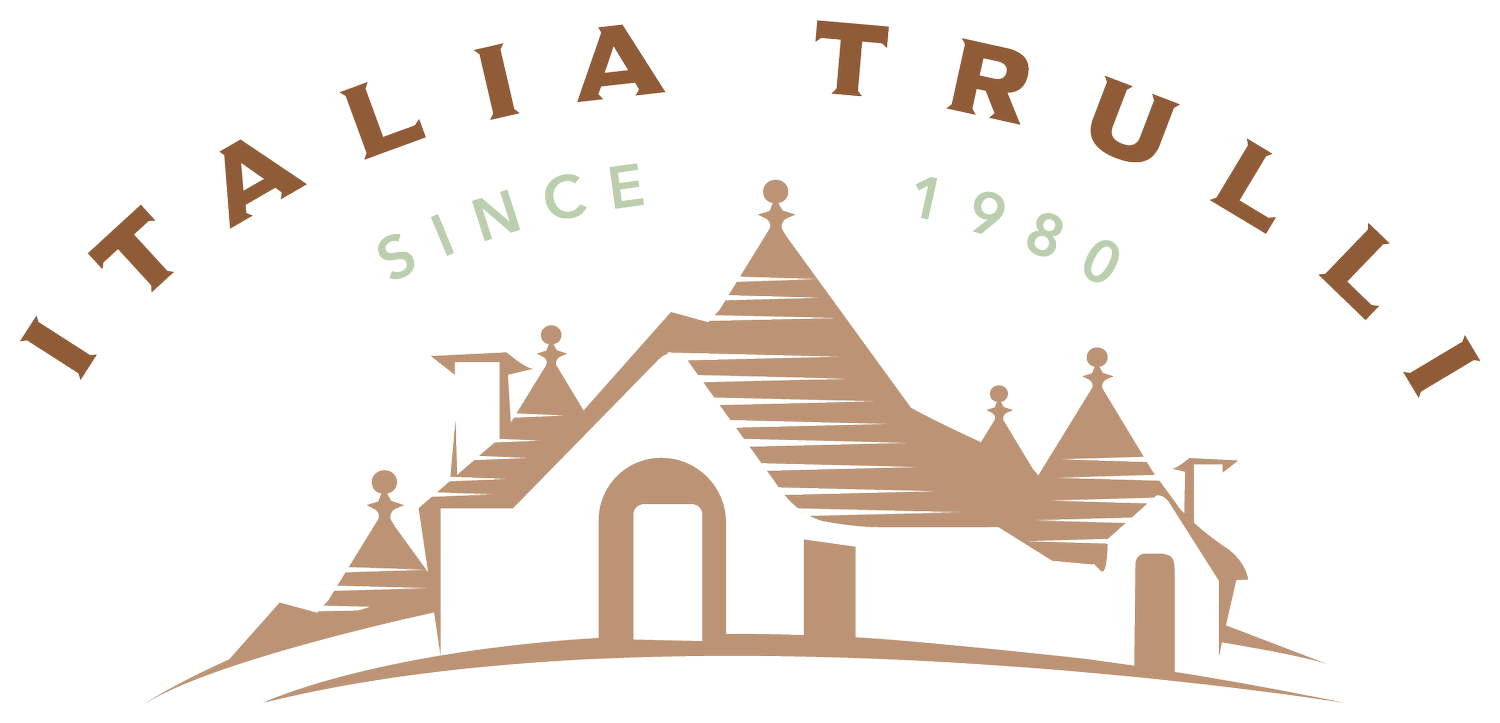
our favorites
Places to Visit
Alberobello
Alberobello is celebrated for its cylindrical dry-stone “trulli'' with conical roof structures that are often white washed and decorated with obscure religious, pagan or magical painted symbols. The first trullo was first constructed in the 14th Century. Since 1996, Alberobello has been named a UNESCO World Heritage site with all original 1,500 dwellings that have been preserved to its unique character and architectural elements.
Bari
Bari is the capital (capoluogo) of Puglia and is the largest and most important commercial center mainly because of its large port. The city is divided into two distinct parts–the Kasbah-like Citta’ Vecchia, at the end of Corso Cavours, with its tight tangle of medieval streets and dazzling white houses, and the Citta’ Nuova, the modern city, with its wide grid-like boulevards.
Brindisi
Brindisi is a port city on the Adriatic Sea–well known for its ferries to Albania and Greece. But Brindisi has a lot more to offer–not only does it allure you to walk along the promenade, but also, to stop at the Piazza Duomo to notice the spectacular 11th century Brindisi Cathedral built in Romanesque-style.
Gargano and the neighboring Tremiti Islands
According to Conde Nast Traveler Magazine, “The Gargano [peninsula] is a world apart: a place of dark, ancient forests, caves, shrines, coastal watchtowers and intricate fishing villages.” It is home to many beautiful pristine and Blue Flag beaches (see list of beaches on next page).
Grottaglie “the city of many caves” and ceramics
Famous for its ceramic manufacturers, most of which are family run businesses over several generations.
Grotte di Castellana
Grotte di Castellana consists of a 20 kilometer (approx. 12 -mile) network of caves that contains pools, grottoes and ceilings that hang like icicles from the roof of the caves. The Grotte can be visited all year-round with two options of one or two hour trips, the latter taking the spectacular route to “Grotta Bianca (White Cave)”.
Lecce also known as “Florence of the South”
Lecce is one of the most beautiful art cities in the south of Italy. You will be astonished and intrigued by its ancient Messapian origins and its archeological ruins that were left behind after Roman domination such as the Baroque churches and palaces that were typical of the 1600s.
Ostuni “La Citta Bianca” or “the White City”
Beyond the century old olive groves is the whitewashed hilltop of Ostuni, with its characteristic historic center, the 15th Century cathedral, and labyrinth alleys that are a delight to wander around and lose oneself. The town is both deeply authentic and surprisingly contemporary packed with traditional artisan shops, cozy cafes, aperitivo and authentic restaurants that offer local specialty dishes. It's a maze-like town of winding alleys, white-washed buildings and narrow staircases that rewards you with a view of ancient olive trees and the Adriatic Sea approximately 7 km (4 miles) away with unspoiled coastline and Blue Flag swimming beaches.
Otranto
Otranto is a small sea port in the south east of Puglia, where the Ionian Sea meets the Adriatic Sea. It offers a mix of history, architecture, sea-front restaurants with beautiful views and white sandy beaches.
Polignano a Mare
Perched on top of cliffs, Polignano a Mare is just north of Monopoli. Boat cave tours and cliff diving are a few to enjoy.
San Giovanni Rotondo
San Giovanni Rotondo is famous around the world because it is the native city and it houses the remains of St. Padre Pio di Pietrelcina.
Valle d’ Itria (including Ostuni, Locorotondo, Martina Franca, Cisternino, to name a few)
Each of these towns allure its visitors with its charm and its proximity to each other (approximately 30-45 minutes), you can enjoy a tour of each town by spending two hours at each stop, Ostuni being last. Martina Franca is known for its Baroque architecture and its music festival every summer. Cisternino is known for its wonderful meat offerings. Locorotondo is in and around a fortified hilltop and is known to be a member of the “Borghi più belli d’Italia” (the most beautiful villages in Italy), not to mention, the town is famous for its local white wine.
